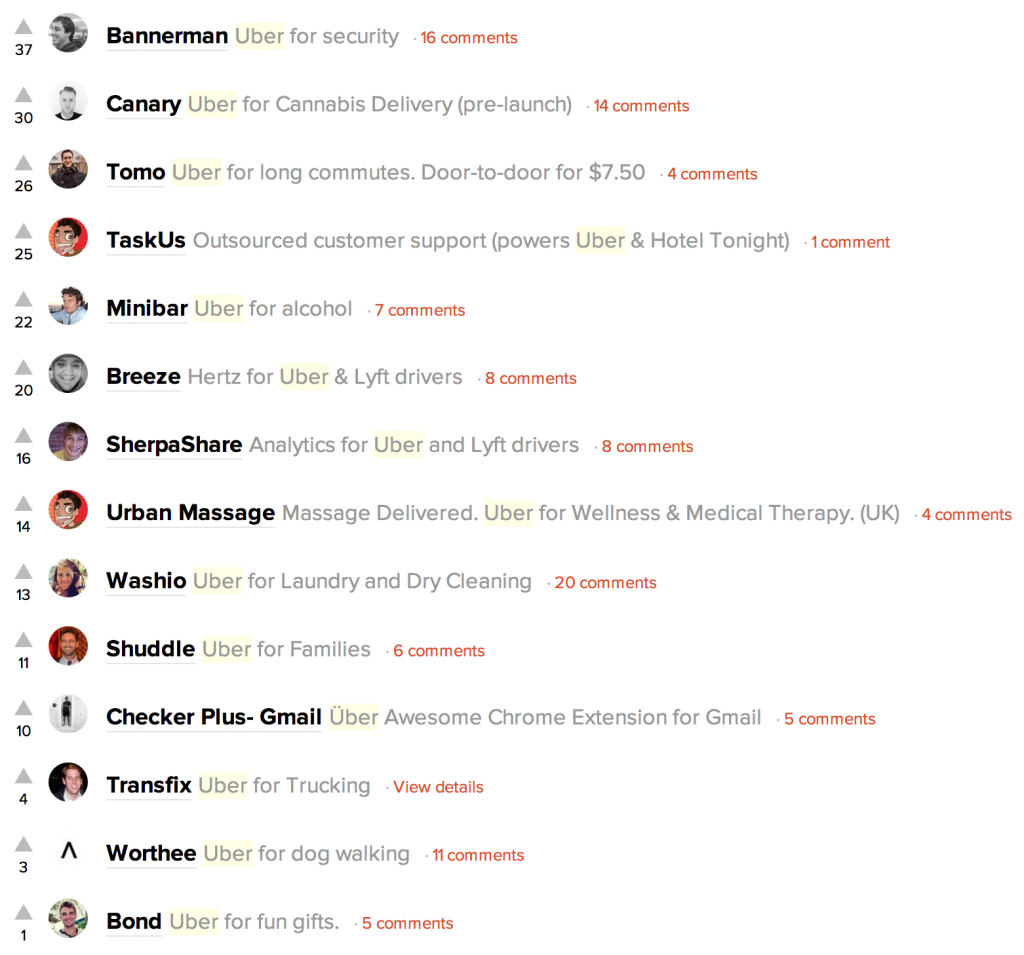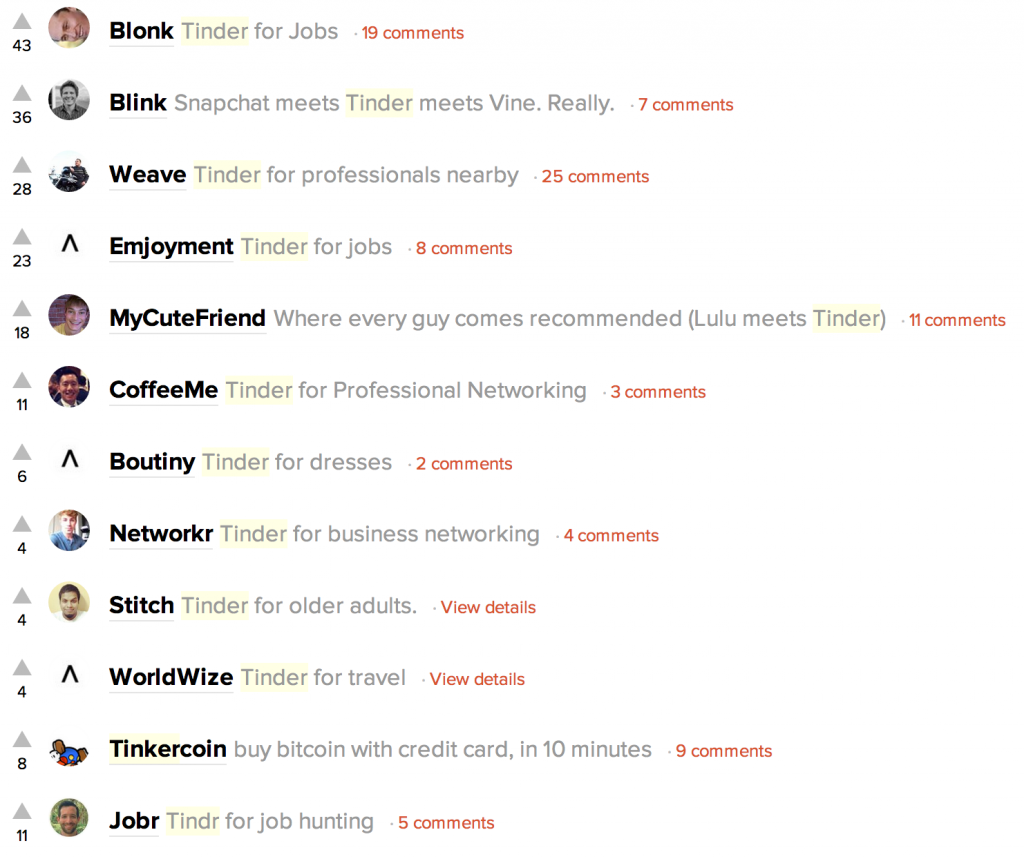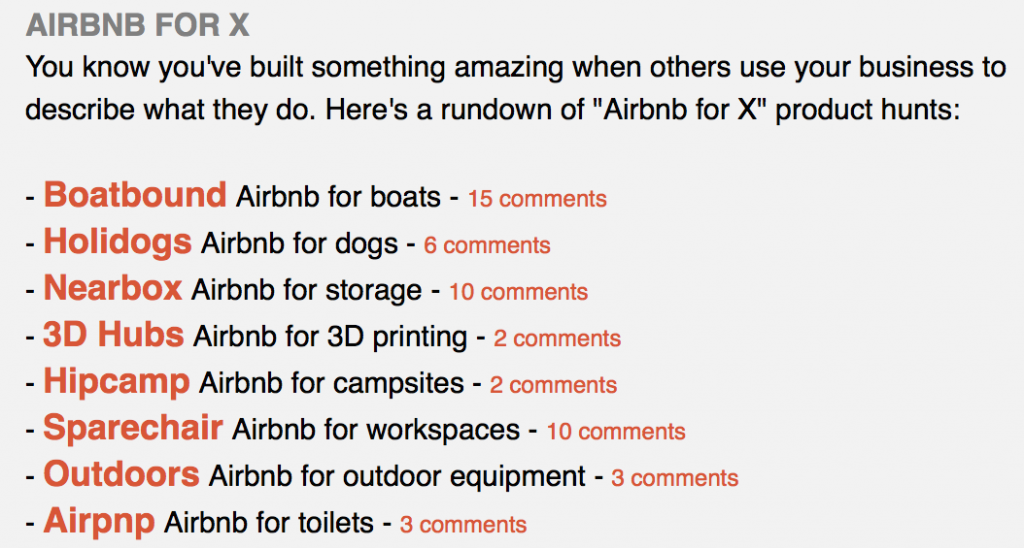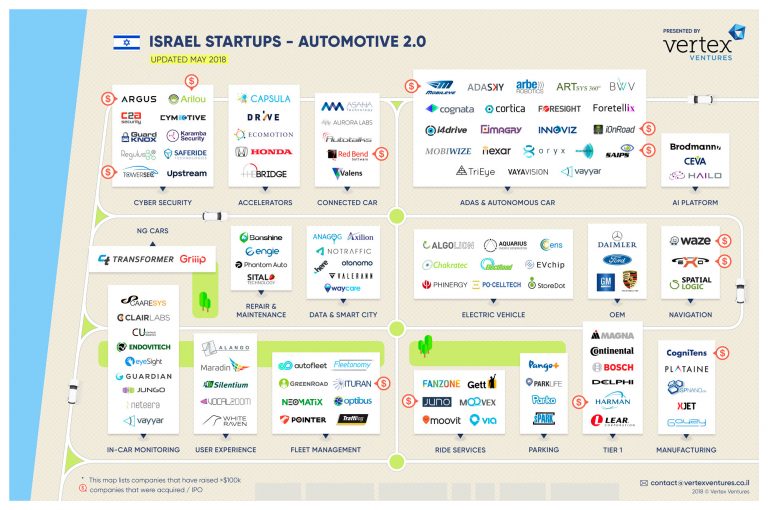Robert Altman’s The Player, a 1992 crime drama that at the same time skewers Hollywood as an industry (the main character is a Hollywood producer), famously opens with a long shot listening to several people talking, including screenwriters pitching their movie to the main character, played by Tim Robbins. After trying to describe their film, one pair of screenwriters finally summarize it as “Out of Africa meets Pretty Woman”. This type of summary, called a high-concept pitch, is a short easily-understood summary, usually based on a comparison to something well-known.
Some people credit Barry Diller (later CEO of Paramount, Fox, and IAC/InterActiveCorp) and Michael Eisner (later CEO of Disney) with coming up with the high-concept pitch, when they both worked at ABC in the 1960s, and needed a way to draw attention to their programs from the brief descriptions allowed in TV Guide. This carries over not only to the description of movie or TV show, but the very concept – i.e. that the movie or show’s concept be simple and easy to summarize quickly. The high-concept pitch is the sound-bite of the entertainment world.
Ash Maurya in his Running Lean book, suggests using the high-concept pitch to distill one’s company down to a similar sound-bite. This high-concept pitch isn’t supposed to be used to market one’s company, but rather to help explain the idea quickly to potential customers when doing customer interviews during the build-measure-learn process that is central to Lean Startup.
Using the high-concept pitch in the tech world is not limited to Lean Startup, but is actually rather widespread, especially in the tech media. It is perhaps a crutch for a tech reporter to describe one company in reference to another existing company. In the early 1990s, after the release of Pretty Woman, there were probably hundreds if not thousands of pitches by screenwriters to Hollywood producers that compared their movies to Pretty Woman. In a similar vein, whatever is popular in the tech world right now is likely to be the basis of comparison when new startups and products are pitched. In light of the recent sale of WhatsApp to Facebook for $19B, and the even more recent investment of $1.2B into Uber (at a $17B valuation), it is not surprising that these companies are ones that people reference when trying to pitch their companies.
Two sites that utilize the high-concept pitch are AngelList and Product Hunt. AngelList is a site that connects startups with investors, people with jobs starts, and more. When creating a profile of a startup, companies fill in a high-concept pitch so people perusing the site know quickly what the company is about. Product Hunt, which lists “the best new products, every day”, is essentially a list of products with a high-concept pitch next to each product.
In the days and weeks following the purchase of WhatsApp, it was common for other messaging companies to compare themselves to WhatsApp, explaining how they were similar (we should have a higher valuation) and how they were different (why we won’t get put out of business by the Facebook-WhatsApp behemoth). Some messaging companies continue to pitch themselves as “WhatsApp for…” and there’s a very good reason to do so – this high-concept pitch, like the pitches used in Hollywood, make a quick association (I liked that movie and understand it – I use WhatsApp and so do all my friends) and let the company ride the success of WhatsApp to help make their offering better understood.
Where these pitches really begin to inundate us is when a company succeeds with a completely new business model. Even today, 15 years after Priceline launched, one still sees pitches for companies in relation to Priceline (Priceline for Movies, Priceline for Landlords). That’s because Priceline’s Name Your Own Price model was novel, and has so many applications.
Today, popular apps like Uber and Tinder have become popular by similarly succeeding with new business models.
Uber is disrupting the transportation industry by allowing passengers to directly order cars to pick them up, and allowing anyone with the right car to become a driver, eliminating the need for human dispatchers, taxi medallions, and a whole slew of bureaucracy. This has been extended to deliveries with UberRUSH (I have a cousin who is a biker for them) and will no doubt continue into many other transportation niches over time.
Tinder took a not-so-new idea, of voting on pictures of people (think Hot-or-Not, or Facebook predecessor FaceMash), turned it into a two-way voting engine, or double opt-in, to make sure that both people showed interest in the other before connecting them. That simple twist vaulted Tinder to what is generally considered now to be a multi-billion dollar valuation. Double Opt-in, as a model, has found many other uses besides dating apps, however.
Here are recent searches for Uber and Tinder on the previously-mentioned Product Hunt:


Take into consideration that the idea of a high-concept pitch is that the idea is immediately understandable to the person hearing it, and that comparing to existing products (whether movies or startups) is fairly standard, and these pitches make perfect sense. Uber for Security. Uber for Cannabis Delivery. Uber for Long Commutes. Uber for Alcohol. Uber for Wellness & Medical Therapy. Uber for Laundry and Dry Cleaning. Uber for Families (I had to look this one up, it’s basically uber for children with drivers that go through more background checks than Uber). Uber for Trucking. Uber for dog walking. Uber for fun gifts. Tinder for Jobs. Snapchat meets Tinder meets Vine (going for the hat trick). Tinder for professionals nearby. Another Tinder for Jobs. Lulu meets Tinder. Tinder for Professional Networking. Tinder for Dresses (how do the dresses rate you?). Tinder for business networking. Tinder for older adults. Tinder for travel. Tinder for job hunting.
While I was writing this post, Product Hunt actually sent me an e-mail with the following inside, illustrating the same point:

Uber currently has a valuation of $18 Billion. Airbnb has a valuation of $10 Billion. Tinder’s valuation is not known, but was rumored to be $5 Billion recently (although likely less, it’s certainly in the Billions). If you’re going to compare your company to an existing company, comparing it to companies that have become Billion dollar companies in just a few years is probably the way to go. It’s not that the potential market sizes for these companies come near to the companies they are comparing themselves to, but the companies are well known, known to be successful, and everyone who knows them will understand what you’re doing quickly – the quintessential point of a high-concept pitch. Uber meets Pretty Woman.

Pingback: Transportation technology and the unknown - off on a tangent
Pingback: Sharing is caring - off on a tangent